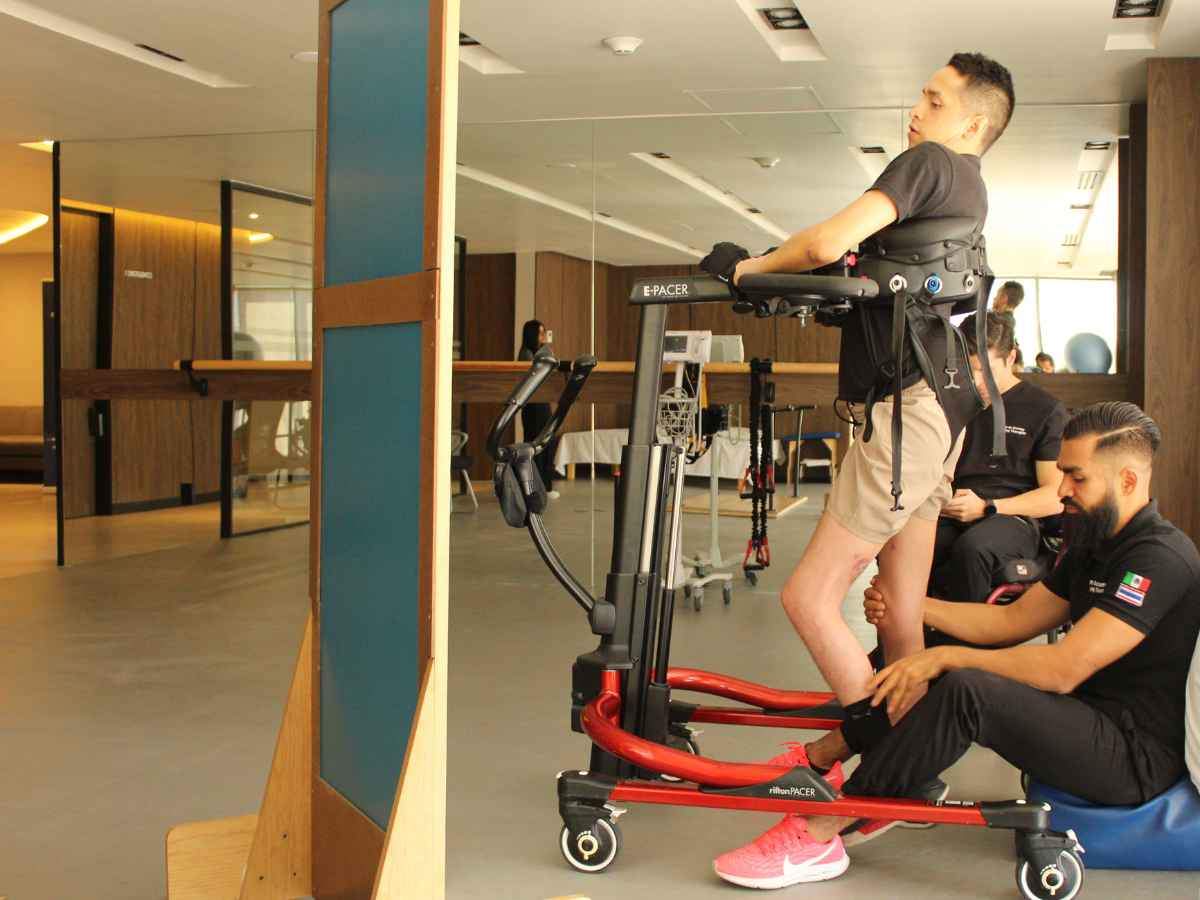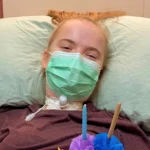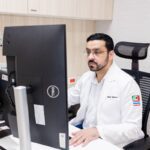One of the great challenges for many patients is staying motivated after spinal cord injury. Further to that, nearly half of patients (48.5%) suffer with mental health problems. After living with a C5-C7 level spinal cord injury for 7 years, Horacio finally came to Verita Neuro Mexico, after trying a number of different treatment options. He received our epidural stimulation treatment protocol and saw great improvements in a number of his functions. In an interview with Dr. Rodrigo Vilches and Dr. Paulina Marin, he spoke about his experience and how the treatment helped him to regain his motivation to see what more he could achieve.
Hi Horacio, please can you tell us a bit about yourself and how you came to Verita Neuro?
Ok! I am 27 years old, and in November of this year, it will be 7 years since I fractured my cervical spine. I have an incomplete injury at the C5-C7 level, caused by a rollover of a car. It is an Asia B injury and is a complete sensory injury, with some functions preserved. At first, I was in a coma for three months and then I had an arthrodesis (fusion) of the cervical spine. A month after the operation I began with rehabilitation. Later, I investigated an effective treatment for spinal cord injury and found Verita Neuro.
What did you achieve in rehabilitation before you came to us?
Before arriving with you, I began to move my arms and trunk. Obviously, I didn’t have a lot of core strength – I couldn’t sit up by myself. I always needed something to support me. I also did some work on my fingers and right now, I can move them a bit. I had a little movement in my body but I didn’t feel like I had the strength that I have now since the treatment with Verita Neuro.
What were your first impressions when you arrived at Verita Neuro Mexico?
I saw what I could achieve with this treatment and that it would help me to have greater strength in the parts of the body I can move. I also saw that it would help me to have greater independent movements, which aren’t just reflexes. I also knew it could help me to have access to a greater number of activities that will help me in daily life.
How do you think the treatment is different from other treatments or clinics you have been to before?
There is quite a difference because the exercises that you start to do are more specific. The treatment is tailored to the injury you have. So I do think they are very good and they know a lot about the subject of spinal cord injuries.
And how quickly did you start to see changes?
During treatment, in fact, in the first weeks, I already managed to stand up on parallel bars and lock my knees, supporting my weight on my legs. It was so fast! I saw results almost as soon as they operated on me. I arrived on Wednesday, they operated on Thursday and on Friday, Saturday and Sunday I rested. Then I started with the mapping, which is when they begin with the programming of the stimulator. On Monday and from then on, I began to see the results with the flexing and extension of the legs. Already, those movements were voluntary.
Very good! Could you tell us a bit about your day-to-day here with us?
Well, on a normal day, I would get up early, go to the bathroom, have a little breakfast and from there I would start my first mapping session, which was at 08:00. I would begin with the programming of the stimulator and see that my body responded according to the programs, that made me flex, extend my leg and kick. I would do standing and walking practice. After two hours, it was over and I would break for lunch. From there I went to my second mapping session, which was 13:00 and we would work on training the programs that had been created for me. I was there for two hours with the mapping and after I would rest for an hour. I would eat a little and after that, I had an hour of physiotherapy, to help strengthen the body and limbs that I can not move.
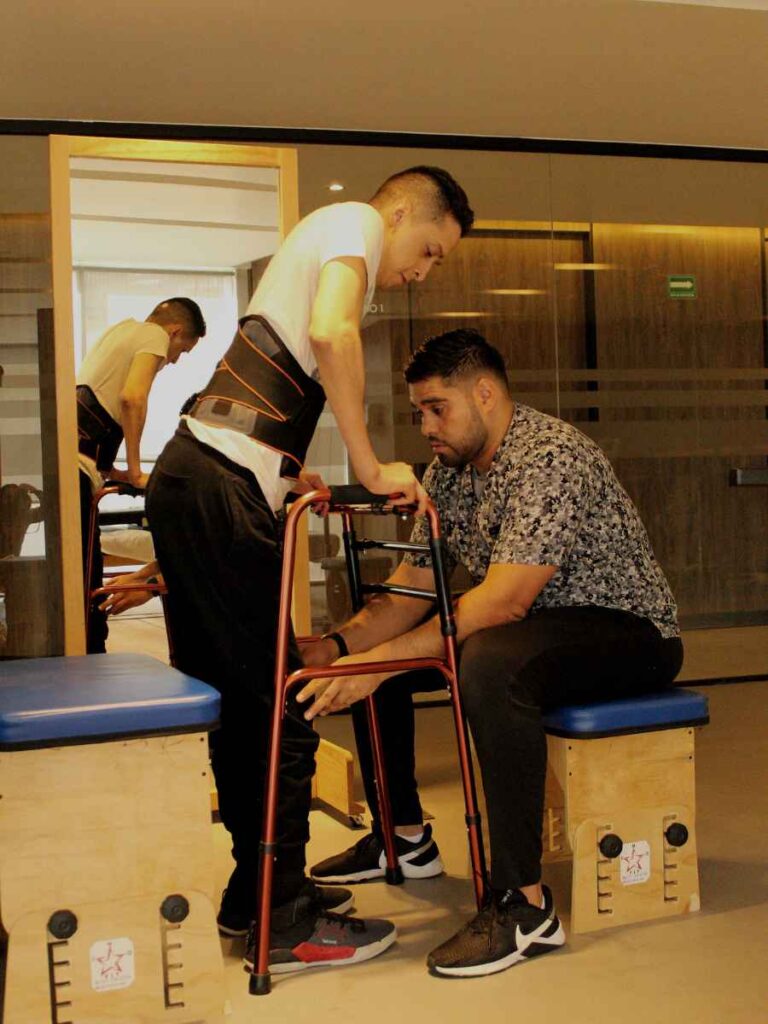
How would you describe the mapping Horacio?
Mmm, what can I say to describe it easier? It’s like when you put an electrode on your legs or hands. That’s what it feels like, but inside the body, in the extremities that you want to move. I feel the movement in all the muscles which I obviously cannot move – the hip, the gluteus, the thighs, the quadriceps and I feel how they begin to strengthen and they begin to have a greater number of movements. When I feel how they are beginning to strengthen, that motivates me a lot. I like it.
Could you talk to us a bit about the stem cell treatment?
It was good for me! They had told me that it was normal that the next day I might have a headache or feel tired and actually no, I didn’t feel anything. The next day everything was fine. They had also told me that its effects could be seen from 3 to 6 months and so far I have not had any great results. I no longer feel as cold, I am not as cold as before, my temperature is beginning to regulate and it also seems to me that when I do a lot of physical activity I start sweating too. I think this could be the beginning of the impact.
What did you like the most about the treatment?
Firstly, the facilities are quite comfortable for me as a user who is in a wheelchair. The bathroom and the beds are good and it’s easy moving to the area where they give physiotherapy and mapping. Also, the staff are very friendly. Their participation and efforts make it more comfortable for you to be there for 35 days. I got along very well with everyone during my sessions and my stay out there. They made it more comfortable and more pleasant with their enthusiasm in the sessions. I also liked that a relative or my girlfriend could accompany me, who was with me all 35 days in my case. That makes it all very comfortable
Could you tell us about the three most significant things that changed in your daily life after the treatment?
Well, the first would be being able to stand. Obviously with the program that we created during the mapping. Also, starting to walk and my physiotherapy sessions that have been taking place here in my house since the treatment, every day. When I have the sessions, I can start to walk now and I stand up. Those are two of the main things. The third is that it motivated me a lot, to see if I could continue advancing in myself, my recovery and my rehabilitation. I was able to achieve things that I didn’t see before, or at least I felt like they were very difficult to achieve. Like starting to walk without much help, now I use just a walker or crutches. Also, before, when I had the urge or the sensation of going to the bathroom, my stomach became quite inflamed and now it doesn’t anymore.
What is your vision for the future? What are your goals?
My vision is to keep walking, to be able to walk with a walker or crutches – nothing more. I’ve seen other patients become more independent with their walking. I’d also like to be able to do more activities by myself, without needing so much support. Becoming more independent. After the treatment, I want to continue to do a lot of physiotherapy with the programs. I came back with all these abilities and the change is quite noticeable from the first day I had the physiotherapy sessions here in my house. I know the knowledge and experience that the therapists have is not the same but advancing and repeating the exercises that I did in Mexico, now my therapist is getting better at being able to do them similarly to the team in Mexico.
What would you say to your younger self when you were injured?
Well, I’d say do not lose hope that there is another treatment that can help you a lot to achieve what you thought you were no longer going to achieve. Don’t lose hope of being motivated. It’s good that you researched and tried lots of ways to see what could be treated because there are many different treatment options, but a lot of them are just trying to get money from you, you could say. Also to focus on rehabilitation from the beginning, because in this type of injury, the results are seen in the long term. It is not that easy, but you can see good results.
Thank you so much, Horacio!
The above is not a verbatim transcript of Horacio’s interview. Some comments have been altered or re-arranged in order to improve the reading flow. The original interview was also conducted in Spanish. You can view the original interview on YouTube.

